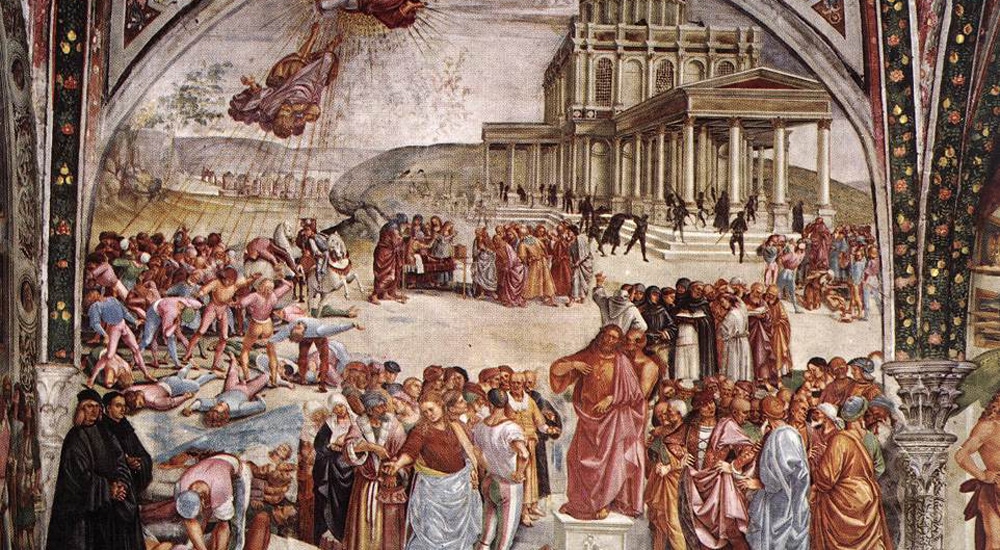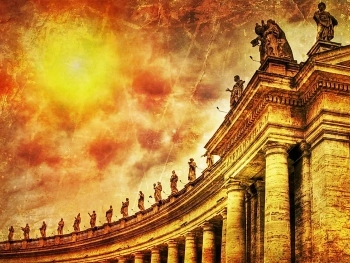The Bible is a rich and complex text that has been studied, analyzed, and debated for centuries. It is a text that has been interpreted in many different ways and has inspired countless works of art and literature. Understanding the historical context in which the Bible was written is essential for understanding its message and its relevance to our lives today. One way to explore this context is through the use of art and visual culture.
The Bible was written in a specific time and place, and understanding the historical context of the text can help us to better understand its meaning and significance. Art and visual culture can provide a window into the world of the Bible, allowing us to see the people, places, and events described in the text in a new and meaningful way.
For example, the Bible describes the lives of people living in the ancient Near East, a world that is vastly different from our own. Artifacts such as pottery, sculpture, and architecture can help us to understand the daily lives of these people, their customs, and their beliefs. By examining these artifacts, we can gain a deeper understanding of the historical context in which the Bible was written.
Visual culture can also help us to understand the religious beliefs and practices of the people of the Bible. For example, the use of imagery and symbolism in ancient Near Eastern religion can help us to understand the role that religion played in the lives of the people of the Bible. By examining the art and visual culture of the ancient Near East, we can gain a deeper appreciation for the religious beliefs and practices that shaped the world of the Bible.
One of the benefits of using art and visual culture to explore the historical context of the Bible is that it can help us to see the Bible as a living and dynamic text. The Bible has been interpreted and reinterpreted throughout history, and art and visual culture have played an important role in this process. By examining the art and visual culture of different historical periods, we can see how the Bible has been interpreted and understood over time.
In conclusion, understanding the historical context of the Bible is essential for understanding its message and its relevance to our lives today. Art and visual culture can provide a unique and valuable perspective on the world of the Bible, allowing us to see the people, places, and events described in the text in a new and meaningful way. By using art and visual culture to explore the historical context of the Bible, we can gain a deeper understanding of this complex and fascinating text, and we can see its message as a living and dynamic force in our world today.




